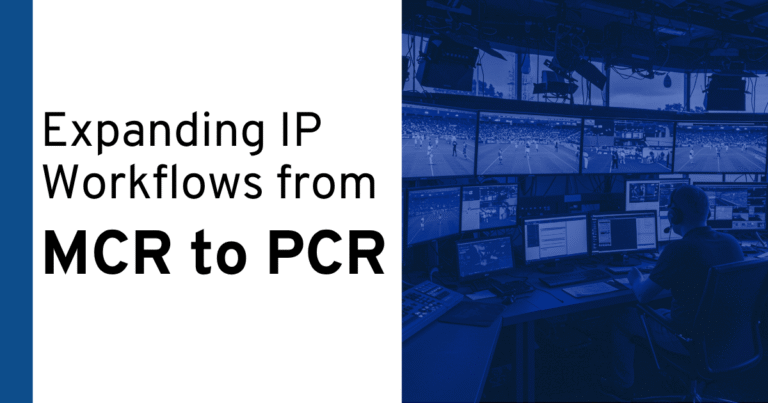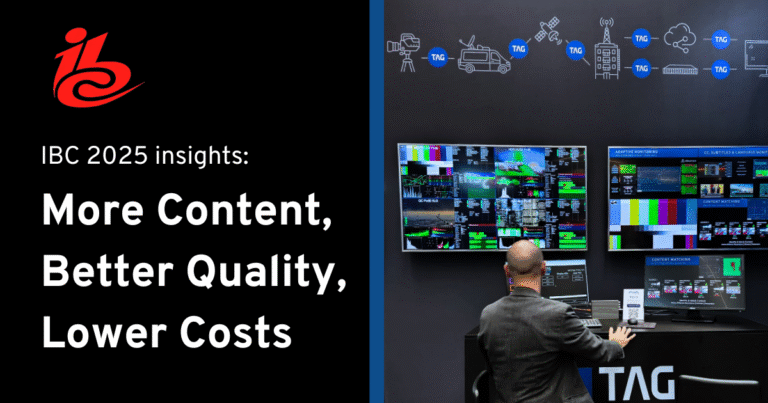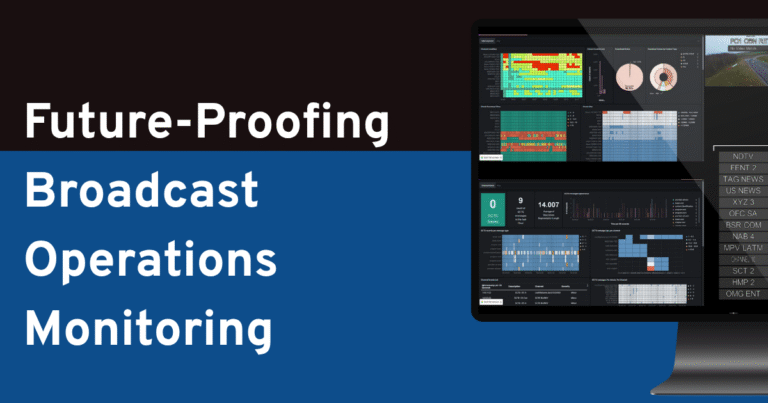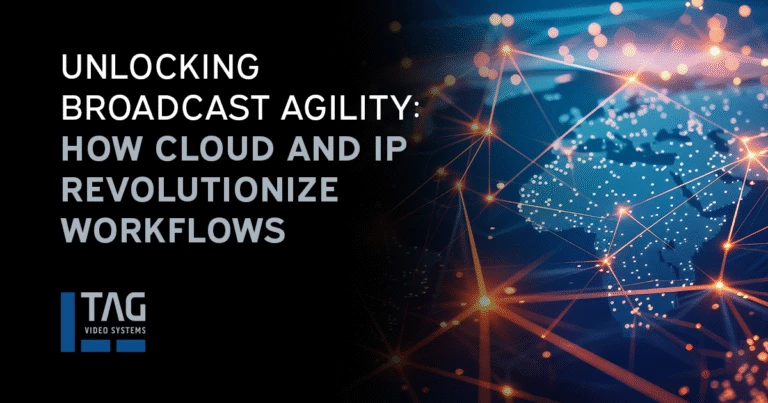In today’s post, we’ll discuss the fifth and final tip from our comprehensive buyer’s guide, focusing on how advanced video monitoring systems can effectively reduce operational costs. With built-in capabilities, these innovative systems optimize on-prem, cloud, or hybrid workflows, enabling you to concentrate on your strategic business goals while mitigating risks and expenses associated with rapid technology changes.
Monitoring systems offer various operating modes and even some advanced AI-based features that play a key role in cost reduction. From basic solutions like selective stream monitoring to more advanced options such as scanning, segment analysis, and penalty boxes, there are versatile tools to meet various requirements. It’s important to remember that as the complexity of your distribution workflow and video content volume increases, operating costs rise accordingly.
One significant operational cost increase is driven by a growing number of channels. With higher number of channels, their formats, variants, and protocols it becomes impractical for operators to monitor each one individually and thoroughly. This can lead to operator fatigue and critical errors going unnoticed until they negatively impact the viewer experience.
To tackle this challenge, a practical approach is to implement ‘monitoring by exception.’ Operators focus their efforts on probing channels where exceptions or events disrupt the normal video flow, such as changes in loudness levels, signal loss, or bandwidth fluctuations. Automating this process and providing specific notifications about channel issues significantly reduces the time and effort required for manual inspection, while also reducing “eys-on-glass” needed to monitor them. Not only does this save on labour costs, but it also prevents revenue-damaging errors from reaching the viewer.
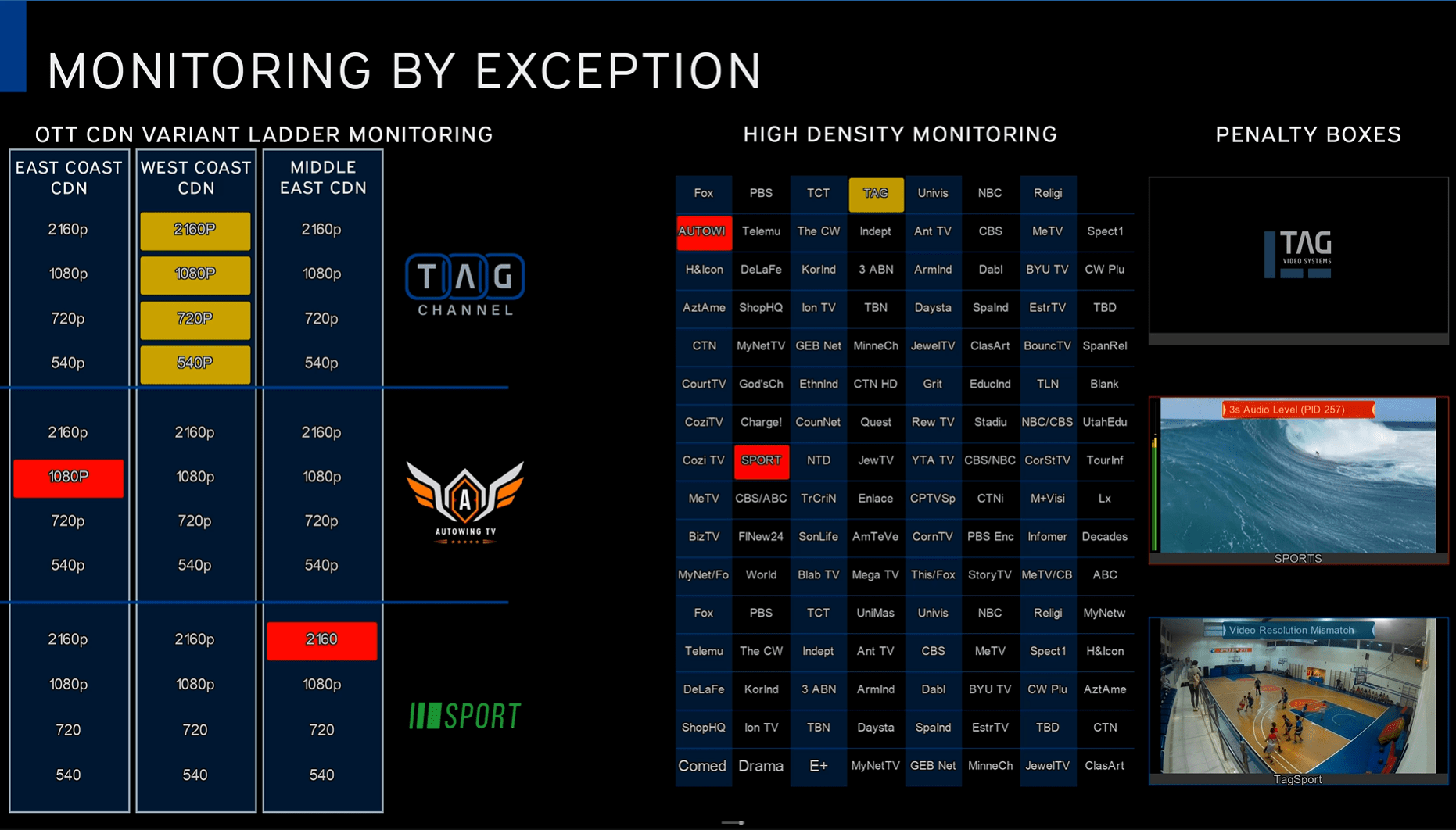
Now, let’s dive into a real-world example that an OTT distribution provider might encounter. Imagine you’re responsible for monitoring the streaming quality for hundreds of channels, with multiple bitrates/resolutions for each stream. Through advanced video monitoring systems, you’ve set up ‘monitoring by exception’ to focus on critical channels, such as the main content delivery network (CDN) and key geographical regions. Suddenly, you receive a notification indicating an issue with ABR delivery in one of the key regions. With this alert, you quickly identify the issue—network congestion—and take immediate action to reroute traffic to an alternative CDN or optimize the streaming settings. By prioritizing channels and utilizing ‘monitoring by exception,’ you’ve ensured a seamless streaming experience for your viewers, saved valuable resources, and prevented potential revenue loss.
TAG Realtime Monitoring Solution takes this challenge to the next level. An advanced feature called “Adaptive Monitoring’” helps prioritize channels based on their significance. Operators can continuously monitor critical channels while allocating fewer resources to less significant ones. When errors occur in lower-priority channels, they are brought to immediate attention through a ‘penalty box’ until the issue is resolved. This approach streamlines workflows and significantly reduces power consumption, offering cost savings for both on-premise infrastructure and cloud-based processing.
Reducing operational costs is an important consideration when selecting a video monitoring system. At TAG Video Systems, our Realtime Media Performance platform seamlessly integrates advanced monitoring solutions, including ‘monitoring by exception’ and ‘adaptive monitoring.’ These features optimize resources, streamline workflows, and unlock substantial cost savings.
To get deeper into video monitoring systems and their benefits for your operations, download our complete buyer guide, “The Insider’s Guide to Selecting Your Media Monitoring Solution.” It’s time to take the next step toward enhancing your processes and staying ahead in the dynamic media and entertainment industry.


